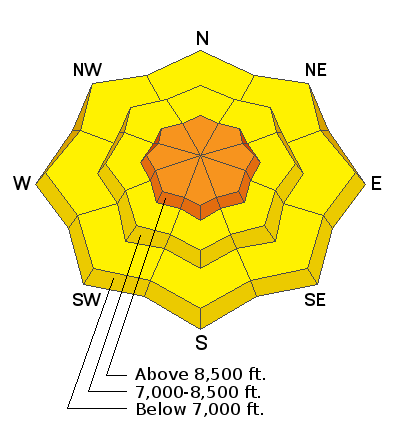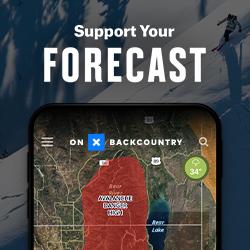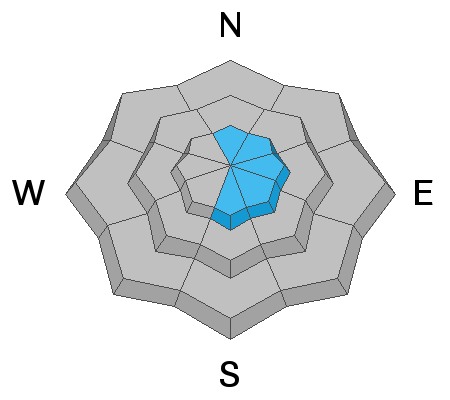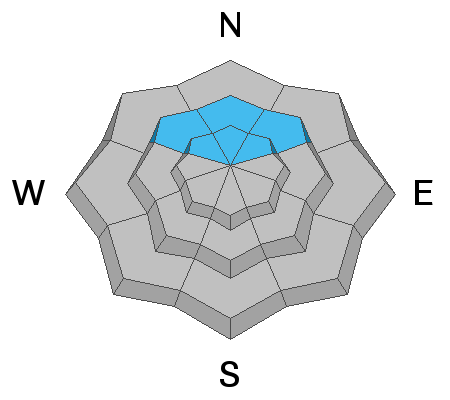We need your help. In an effort to increase awareness and prevent future fatalities we need to reach more people with our daily avalanche forecasts, expand the Know Before You Go program, and increase the number of on-snow avalanche courses. Please consider a donation to the UAC to help us raise $25,000 by April 8.
Help your support of the UAC by making a donation HERE. Thank you for your support!
Couple of new interesting things to
read and
listen to: (1) The latest blog by Drew "
Roping the Wind (Slab)", and (2) UAC
podcast featuring Lynne Wolfe - guide, avalanche educator, editor of The Avalanche Review, mentor, role model. This is a can't-miss episode!
In a winter that seems to never disappoint, another over-producing snow storm! As of 6 am snowfall totals are 12" in the Ogden mountains. Winds are out of the west/southwest, and very elevation dependent. Atop Mt. Ogden winds are averaging in the 20’s mph, with gusts in the 30’s and 40's mph. However, at mid elevations wind speeds drop off where averages are in the low teens and gusts in the upper teens and 20’s mph.
Snowfall should continue through the morning hours, possibly heavy at times. Snowfall rates should diminish by late morning, but convective showers may pick up in the afternoon, with rounds of on and off show showers, periodically heavy at times. We may pick up another 2-4” during the day today.
It will remain cloudy today, and mountain temperatures will be in the 20’s and low 30’s F. Winds will be out of the west/northwest, averaging in the teens with gusts in the 20's mph. Even stronger winds are expected in traditionally windy spots such as Mount Ogden. Greenhousing is possible, leading to denser snow on all aspects, especially at the low and mid elevations.
No avalanche activity was reported from the backcountry on Thursday in the Ogden mountains.









